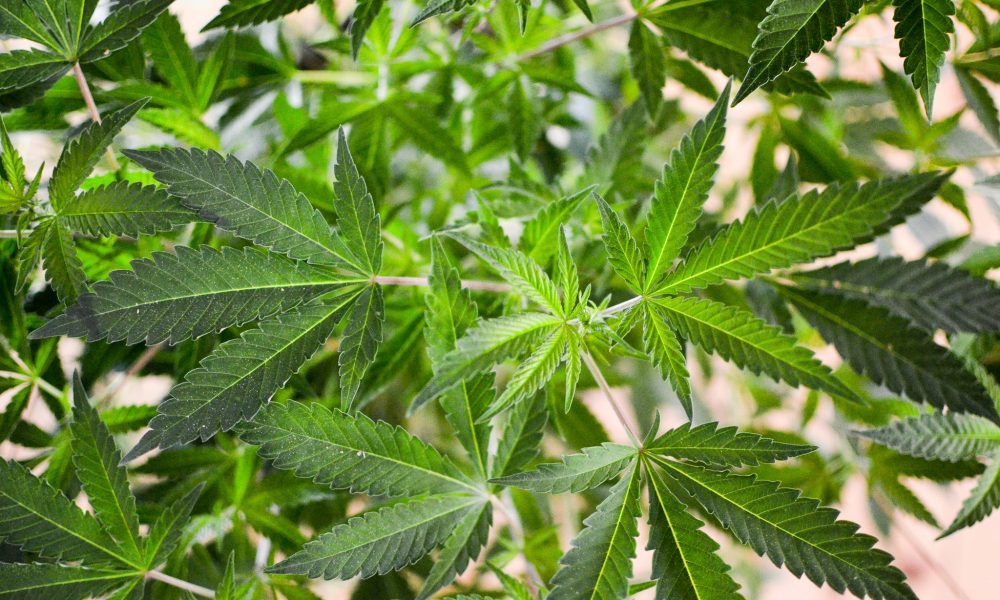Minnesota regulators say the percentage of residents who report obtaining marijuana from unregulated sources remains significant as the state works to implement a legal market, and they’re recommending legislative fixes to speed up licensing to help consumers make the transition to a regulated system.
In a pair of reports that were released on Wednesday, the Minnesota Office of Cannabis Management (OCM) gave an overview of consumer and industry trends, as well as several policy recommendations for lawmakers to take into account in the 2024 session as the state’s market is built up. It also said Minnesota will need a minimum of 381 retail shops to comply with statute.
Many features of the legalization law that was enacted last year haven’t been implemented yet as regulators work through the rulemaking and licensing process, and so the initial reports still have some gaps that will be filled in after commercial sales launch. But the data offers a baseline that could help policymakers and stakeholders better understand and navigate the reform.
For example, with only a handful of tribally owned cannabis retailers operating in the state, the majority of residents who participated in the survey and reported obtaining cannabis in the past month said they were getting it from family and friends (67.6 percent), low-THC hemp shops (61.3 percent), an illicit seller (53.4 percent) and medical cannabis dispensaries (42.7 percent).
“These findings are not uncommon in other states as adult use possession and gifting laws become effective and the perceived risk of criminality is reduced while adult-use sources are not available,” OCM said.
“Importantly, these data suggest an overall high prevalence of obtaining cannabis from a dealer, an illicit source, among Minnesota residents, which stands to reason as legal adult-use sources are not fully available,” it said. “For instance, the highest proportion of cannabis obtained by participants was from a dealer (17.6 percent) and participants reported the highest likelihood of visiting a dealer more than once a month to purchase cannabis compared to other source types.”
While precise supply and demand estimates aren’t possible given the current absence of data on regulated sales, officials did look at the population-based requirements of the state’s cannabis statute and determined that Minnesota will eventually need “no less than 381 retail registrations.”
“However, many local governments may seek to have more retail registrations than the statutory minimum,” it said. “As such, the legislature may consider a larger number than the statutory minimum.”
To expedite the licensing process and “reduce the risk of bottlenecks,” OCM recommended removing the current requirement that prospective licensees secure a storefront that complies with regulations before they can submit their application. It also advised lawmakers to eliminate a requirement to have local government input on the applications, as that may invite litigation.
“These recommendations allow for a more streamlined and transparent approach to licensing that will assist in applicant comprehension and allow for licenses to be issued in an expedited fashion,” the report says.
The office also suggested that the legislature adopt a “mechanism to issue temporary licenses through statute, particularly for social equity applicants.”
“This strategy would accelerate the timeline, help ensure adequate supply for initial market launch, mitigate some the risk associated with the time between legalization and final rule adoption, and offer first mover advantage for social equity applicants, all in support of the 2025 market launch goal,” it said. “Temporary regulations for social equity licenses are key in not only keeping pace with the planned launch but also in ensuring fairness and equity from the market’s onset. The recommendation aims to facilitate a prompt and equitable market debut.”
It further offered recommendations that are meant to “strengthen” the state’s social equity initiatives and unify the medical cannabis and adult-use marijuana supply chains that are currently disaggregated.
Meanwhile, OCM is also working with other state agencies to investigate whether they can administratively close a loophole that may be allowing some existing hemp businesses sell marijuana flower products—an issue stemming from a current lack of authority to test the items.
Last week, the office also opened a fifth survey seeking public input on how the state’s forthcoming commercial marijuana market should function, with this latest inquiry focusing on “licensing and social equity considerations.”
After OCM formally proposes new rules for the marijuana market, members of the public will have a chance to weigh in. That’s expected to take place sometime this fall. Lawmakers have approved OCM’s use of an expedited rulemaking process, but regulators note that “the rules may not be approved and in force until 2025.”
In the interim, adults 21 and older can already legally use, possess and grow marijuana for personal use. In August, Gov. Tim Walz (D) clarified that homegrown cannabis cannot be sold commercially.
Minnesota’s cannabis law has also allowed tribes within the state to open marijuana businesses before the state begins licensing traditional retailers, and some tribal governments have already entered the legal market. The Red Lake Band of Chippewa Indians, for example, opened its medical dispensaries to adult consumers in August and announced plans to launch a mobile retail vehicle to sell marijuana at locations across the state.
The White Earth Nation tribe also launched an adult-use cannabis shop, with its governing council voting to authorize marijuana sales in July. The Leech Lake Band of Ojibwe has also moved to legalize.
Following legalization, minor violations of possession or home cultivation limits can result in petty misdemeanors, charges some advocates have said should include state-provided legal representation.
Even before the governor signed the reform bill, the state launched a website that serves as a hub for information about the new law. Officials have also already started soliciting vendors to help build a licensing system for recreational marijuana businesses.
In September OCM head Erin DuPree, a cannabis industry consultant whom the governor picked to lead the state agency, stepped down after one day of work following a Star Tribune report that her hemp shop allegedly sold illegal products. Lab results reportedly showed elevated THC levels and the presence of banned synthetic ingredients.
That same month, the Minnesota Supreme Court ruled that the odor of marijuana, on its own, does not establish probable cause for police officers to search a vehicle.
Aside from OCM, another body created by Minnesota’s marijuana law is the Cannabis Expungement Board, which will facilitate record sealing for people with eligible marijuana convictions on their records. The review process for eligible cases began in August. In the meantime, officials recently added a new notice to cannabis criminal history records, essentially letting reviewers know that certain marijuana records that appear on records checks may be pending expungement.
American Nurses Association Cheers Federal Health Agency’s Marijuana Rescheduling Recommendation
Photo courtesy of Philip Steffan.
Read the full article here









